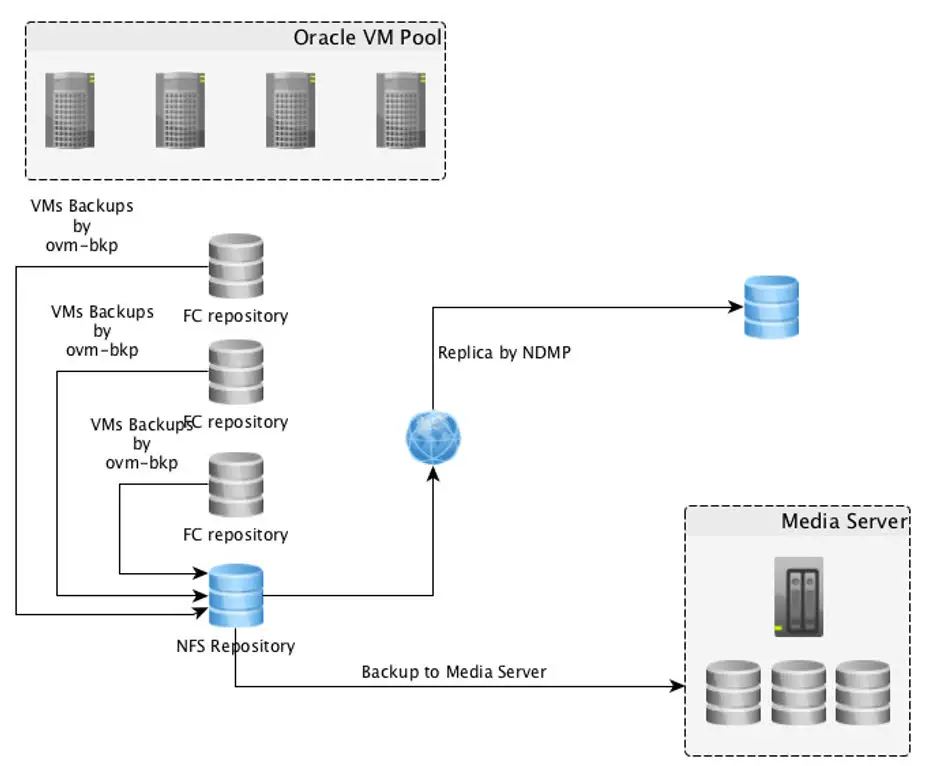

They cannot access each other, so if one virtual machine performs poorly, or crashes, it does not affect any other virtual machine. Isolation: Virtual machines run in sand-boxed environments. Administration and physical setup is less time consuming and costly. Instead of having a large number of physical computers, all networked together, consuming power and administration costs, fewer computers can be used to achieve the same goal. Reduction of Complexity: Infrastructure costs are massively reduced by removing the need for physical hardware, and networking. Traditionally, these workloads would need to be specially crafted, partially isolated and well behaved, but with new virtualization techniques none of these requirements are necessary. Server Consolidation: By combining workloads from a number of physical hosts into a single host, a reduction in servers can be achieved as well as a corresponding decrease in interconnect hardware. By employing appropriate software to enable these features, several advantages are realized: Rather than focusing solely on raw gigahertz performance, manufacturers have enhanced the feature sets of CPUs and chip sets to include lower wattage CPUs, multiple cores per CPU die, advanced power management, and a range of virtualization features. Increased power and cooling costs, physical space constraints, man power, and interconnection complexity all contribute significantly to the costs and feasibility of continued expansion.Ĭommodity hardware manufacturers have begun to address some of these concerns by shifting their design goals.

With increased server provisioning in the datacenter, several factors play a role in stifling growth.


 0 kommentar(er)
0 kommentar(er)
